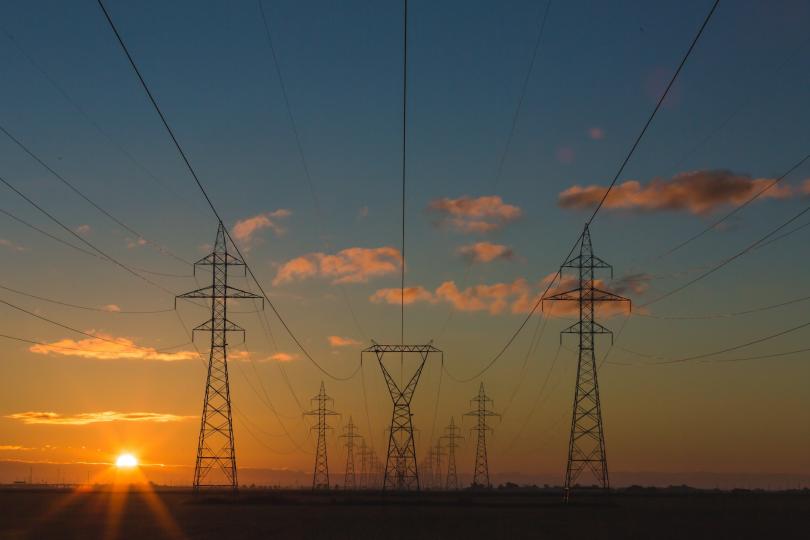A just transition to what, for whom and by what means? A case study by Dylan Harris
Dylan Harris has co-authored a paper in Energy Research & Social Science: A just transition to what, for whom, and by what means? Transition technology, carbon markets, and an Appalachian coal mine. The authors analyze “a case of transition technology in a historically productive coal mine in West Virginia, using it to explore who benefits and loses from transition technologies deployed within existing socioecological structures.” They “hope to highlight that any transition without critical attention to histories of power and powerlessness is likely to further harm those who stand to benefit the most from a truly just transition.”
Abstract:
The promise of a just transition is not only that of a large-scale transition away from carbon-intensive energy production and consumption, but of one towards a more equitable society broadly. In this article, we contribute to discussions regarding just transitions by analyzing a case of transition technology in a historically productive coal mine in West Virginia, using it to explore who benefits and loses from transition technologies deployed within existing socioecological structures. The Marshall County coal mine in West Virginia installed a regenerative thermal oxidation engine in 2012 to curb the mine's methane emissions. Since going online, the engine, one of only a few in the world, has destroyed tons of methane, resulting in an accumulation of tradeable carbon credits for corporations in states like California. We argue that, in this case, environmental progress in California depends upon continued exploitation and degradation in Appalachia. By theorizing what we call the ‘transit’ of the just transition, we highlight the complexities and potential pitfalls of transition technology, noting how these technologies stand to repeat the very practices and ideologies that have led to the need for a just transition. We are not suggesting that technology is unnecessary in a just energy transition. Rather, we hope to highlight that any transition without critical attention to histories of power and powerlessness is likely to further harm those who stand to benefit the most from a truly just transition.
Citation:
Dylan M. Harris, James McCarthy, A just transition to what, for whom, and by what means? Transition technology, carbon markets, and an Appalachian coal mine, Energy Research & Social Science, Volume 106, 2023, 103307, ISSN 2214-6296, https://doi.org/10.1016/j.erss.2023.103307.


